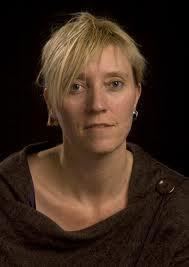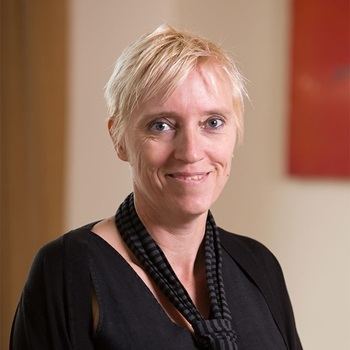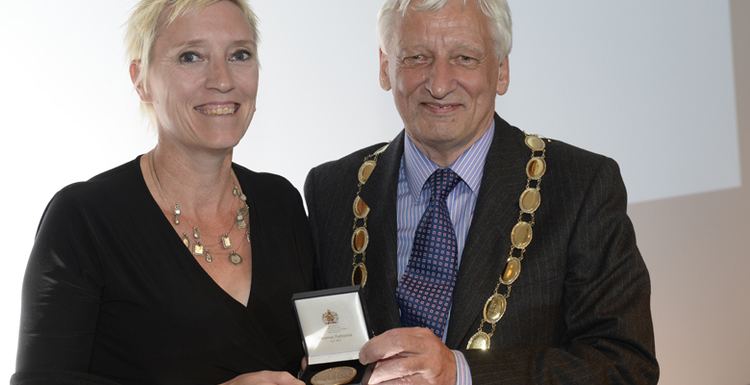Name Caroline Wilkinson | ||
 | ||
Books forensic facial reconstruction, Information Technology in the Office | ||
Born 27 October 1965 (age 55) Similar Xanthé Mallett, Scott Lilienfeld, Neil L Whitehead | ||
Js bach facial reconstruction caroline wilkinson
Caroline M. Wilkinson (born 27 October 1965) is a British anthropologist who has been a professor at Liverpool John Moores University since 2014. She is best known for her work in forensic facial reconstruction and has been a contributor to many television programmes on the subject, as well as the creator of reconstructed heads of kings Richard III of England in 2013 and Robert the Bruce of Scotland in 2016.
Contents
- Js bach facial reconstruction caroline wilkinson
- 2013 rse christmas lecture prof caroline wilkinson your face your identity
- Facial reconstruction
- Awards
- Works
- References

Wilkinson holds a PhD in facial anthropology from the University of Manchester (2000), and from 2000 to 2005 led the Unit of Art and Medicine at the university.

She first became known to television audiences as a result of her regular appearances on the BBC series Meet the Ancestors, and also appeared on History Cold Case while working at the Centre for Anatomy & Human Identification (CAHID) at the University of Dundee (2005 – 2014).

2013 rse christmas lecture prof caroline wilkinson your face your identity
Facial reconstruction
In 2013, Wilkinson, then a professor of craniofacial identification at the University of Dundee, created a facial reconstruction of King Richard III, whose remains had been uncovered in a carpark and positively identified using DNA.
In December 2014, Wilkinson created a facial reconstruction of Saint Nicholas, working from anatomical knowledge, tissue depth data, and the latest reconstruction technology. From his skeletal remains, it was known that his broken nose had "healed asymmetrically, giving him a characteristic nose and rugged facial appearance".
In 2016, Wilkinson helped create facial reconstructions of Robert the Bruce, using a skull believed to have belonged to the Scottish king. Two versions were created, one standard one and another based on the belief that he had suffered from leprosy.
She is the author of several works on the subject of facial reconstruction.
Awards
Wilkinson was awarded the Combined Royal Colleges medal of the Royal Photographic Society in 2016, for "outstanding contribution to the advancement of medical photography or medical imaging."
